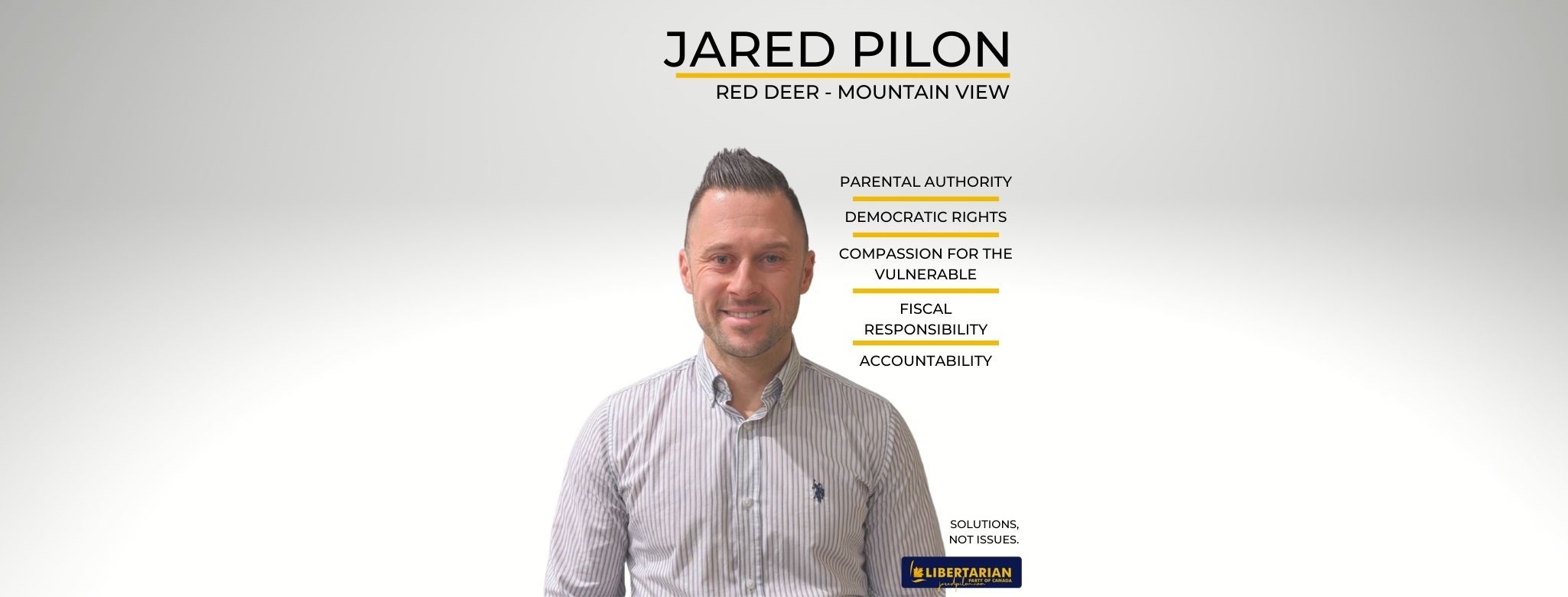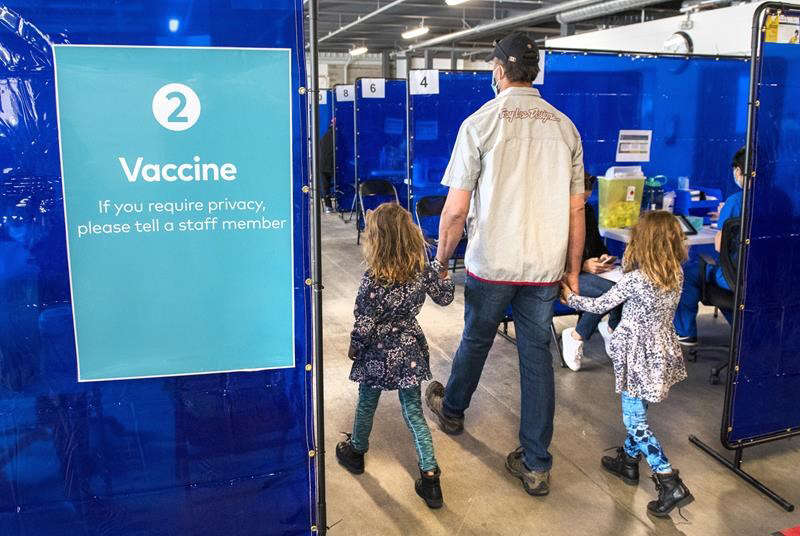Opinion
What I Stand For

Daily Caller
Trump Floats Reimbursing Oil Companies If They Put Up Big Bucks In Venezuela


From the Daily Caller News Foundation
Following the removal of socialist dictator Nicolás Maduro, President Donald Trump said the U.S. government might reimburse oil companies that invest in Venezuela.
In a Monday afternoon phone interview, Trump told NBC News’ Kristen Welker that an expansion of the U.S. oil industry in the South American nation could be “up and running” in less than a year and a half, but this would require “a lot of money.” Hours after announcing Maduro’s capture Saturday, Trump said in a press conference that the U.S. is going to “run” Venezuela until there could be “a safe, proper and judicious transition” — a remark that sparked much discussion over exactly what will come next for the country.
“A tremendous amount of money will have to be spent, and the oil companies will spend it, and then they’ll get reimbursed by us or through revenue,” Trump said in his interview with Welker, referring to rebuilding the beleaguered oil infrastructure in post-Maduro Venezuela.
The president did not specify how much money is required for oil companies to upgrade the infrastructure, NBC News reported. Trump previously said he was going to “have our very large United States oil companies, the biggest anywhere in the world, go in, spend billions of dollars, fix the badly broken infrastructure and start making money for the country.”
“It’ll be a very substantial amount of money [that] will be spent,” Trump added in his interview with Welker. “But they’ll [the oil companies will] do very well. And the country will do well.”
Trump told the NBC News host that Venezuela producing oil is “good for the United States because it keeps the price of oil down.”
He also told Welker that his administration did not brief oil companies before carrying out the surprise attack that deposed Maduro.The companies, though, “were absolutely aware that we were thinking about doing something.”
Welker, on NBC News’ “Meet The Press” Sunday, asked Secretary of State Marco Rubio, “Why does the United States need to take over the Venezuelan oil industry?”
“We don’t need to. We don’t need Venezuela’s oil,” Rubio said. “We have plenty of oil in the United States. What we’re not going to allow is for the oil industry in Venezuela to be controlled by adversaries of the United States.”
“Why does China need their oil? Why does Russia need their oil? Why does Iran need their oil?” the Secretary of State asked. “They’re not even in this continent. This is the Western Hemisphere. This is where we live.”
Also on Sunday, a Venezuelan man in Buenos Aires, Argentina went viral while celebrating the end of the Mauro regime, after he pushed back against critics who said the U.S. is only interested in Venezuela due to its status as an oil-producing country.
“Those who say that the U.S. is only interested in our oil, I ask you: What do you think the Russians and the Chinese wanted here? The recipe for arepas?” the man asked in Spanish, naming a popular street food in Venezuelan cuisine. “Impossible.”
Business
President Trump And The Doomsday Glacier… a blow to the planet, or to funding for climate alarmism?


From the Daily Caller News Foundation
By Steve Milloy
President Donald Trump is driving climate researchers literally to the ends of the Earth as they try to save their taxpayer funding. Expect to see a slew of hand-wringing reports about, and even perhaps from, the Thwaites (aka “Doomsday”) glacier in West Antarctica.
The glacier got its nickname from a Rolling Stone reporter in 2017 in an article titled: “The Doomsday Glacier: In the farthest reaches of Antarctica, a nightmare scenario of crumbling ice – and rapidly rising seas – could spell disaster for a warming planet.”
Past the ominous title, the scare is that the Thwaites is melting and could raise sea levels by 10 feet, which would submerge about 2-3 percent of the global land mass, excluding Antarctica.
Last May, the Trump administration announced it would cut funding for the Nathaniel B. Palmer, a football field-long icebreaker that has been taking researchers to study the Thwaites glacier. In its 2026 budget request, the National Science Foundation said it was terminating the lease. There is no replacement ship on the horizon.
Researchers wanting to go to Antarctica, where it is now summer, have had to scramble for ships. This scramble has been made more challenging because ship owners and researchers, afraid of losing taxpayer funding, are also taking reporters and their crews along to dramatize the budget cuts using the backdrop of the scariest thing they can imagine – the Doomsday glacier.
New York Times reporter Raymond Zhong has already filed articles since Dec. 30. PBS has a reporter aboard a ship sending alarmist reports. Undoubtedly, there are other reports on their way as well.
Will the Doomsday glacier live up to its name? Or will it be another in a long line of failed, if not dishonest, apocalyptic climate predictions?
It seems to be true that the Thwaites glacier is melting. But there’s much more to consider just than that.
The rate of melting is very slow. A 2023 study estimated that over the next 50 years, the Thwaites glacier might add as much as a few millimeters (about one-tenth of an inch) to global sea level over the next 50 years. That is a far cry from the claim of 10 feet of sea level rise.
Next, the fate of the Thwaites doesn’t seem to have anything to do with emissions or “global warming.” Research indicates that there are 91 volcanoes under the West Antarctic ice sheet. Not surprisingly, the Thwaites glacier is melting from the inferno beneath.
Of course, the Thwaites couldn’t be melting at the surface because there’s been no warming in West Antarctica since the late 1990s. In fact, West Antarctica has cooled by about 3°F since 1999.
Another recent study reported that the Thwaites glacier started melting in the 1940s as the result of an El Nino, a little-understood, but periodic natural warming of the Pacific Ocean: “The glacier retreat in the Amundsen Sea was initiated by natural climate variability in the 1940s. That ice streams such as Thwaites Glacier and Pine Island Glacier have continued to retreat since then indicates that they were unable to recover after the exceptionally large El Niño event of the 1940s,” the researchers concluded.
The more one reads about the Thwaites glacier, the easier it becomes to understand why they have to call it the “Doomsday glacier.” Once you understand the non-threatening reality, the only way to make it scary is to give it a scary name and hope people are too frightened to look past it.
Three cheers for Trump for defunding this and other climate research. As these researchers lose their funding, maybe they can move to Hollywood and try writing disaster scripts.
Steve Milloy is a biostatistician and lawyer. He posts on X at @JunkScience.
-

 Frontier Centre for Public Policy1 day ago
Frontier Centre for Public Policy1 day agoIs Canada still worth the sacrifice for immigrants?
-

 Bruce Dowbiggin1 day ago
Bruce Dowbiggin1 day agoThe Olympic Shutout: No Quebec Players Invited For Canada
-

 Canadian Energy Centre1 day ago
Canadian Energy Centre1 day agoFive reasons why 2026 could mark a turning point for major export expansions
-

 International1 day ago
International1 day agoNetwork of Nonprofits with Marxist and CCP Ties, and Elected Socialists Race to Counter Washington’s Narrative of the Maduro Raid
-

 Alberta1 day ago
Alberta1 day agoTrump’s Venezuela Geopolitical Earthquake Shakes up Canada’s Plans as a “Net Zero” Energy Superpower
-

 Business1 day ago
Business1 day agoPolicy uncertainty continues to damage Canada’s mining potential
-

 Energy1 day ago
Energy1 day agoTrump’s Venezuela Move: A $17 Trillion Reset of Global Geopolitics and a Pivotal Shift in US Energy Strategy
-

 COVID-192 days ago
COVID-192 days agoA new study proves, yet again, that the mRNA Covid jabs should NEVER have been approved for young people.



